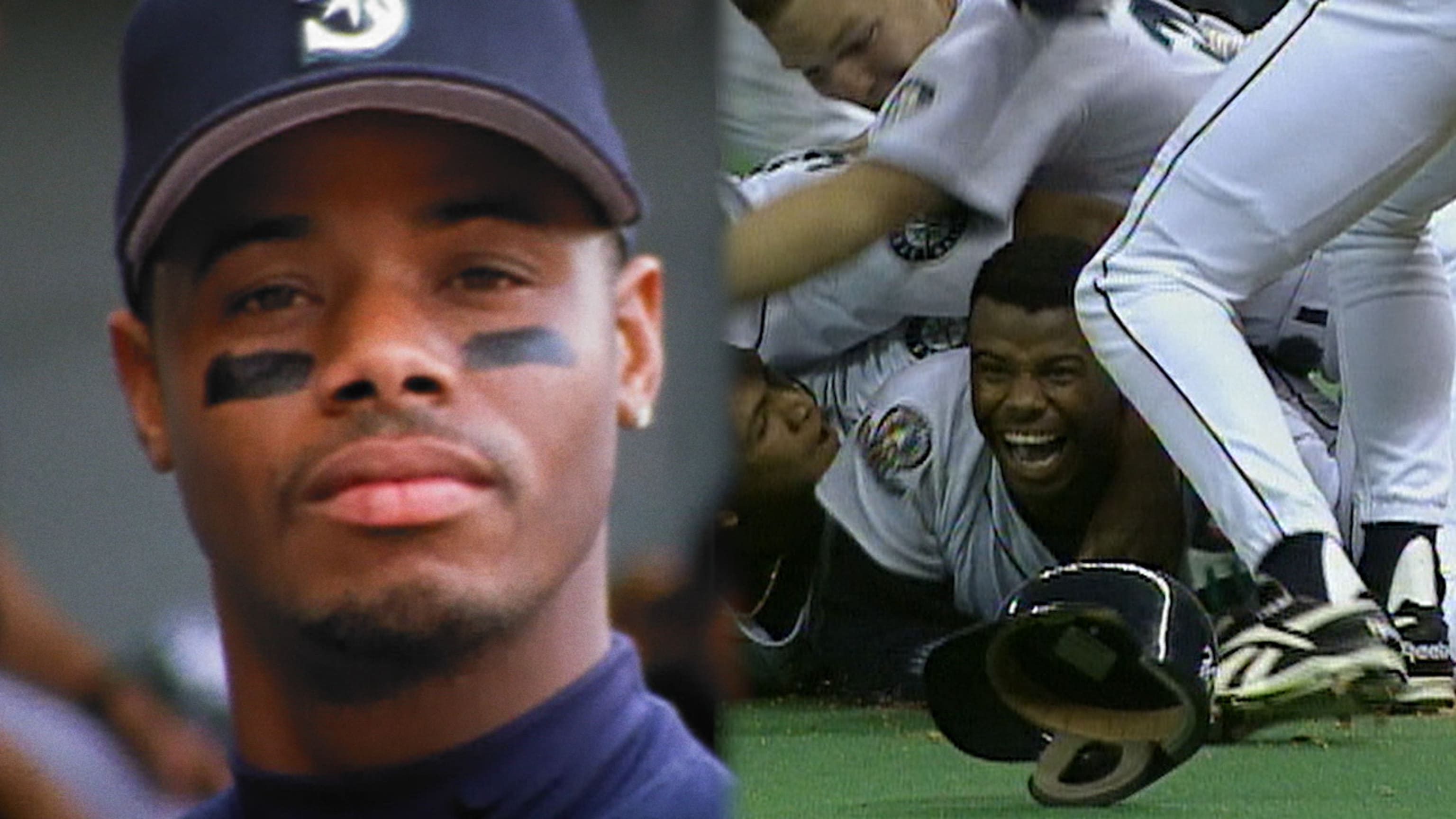
It was billed as an all-time heist. The real story of Griffey to the Reds
The story of how Cincinnati landed its hometown Kid
This story was first published in February 2022.
On December 10, 1999, Jim Bowden was riding in the back of a limousine that was going to the Anaheim Marriott Hotel. He traveled to his destination—baseball’s annual Winter Meetings—holding the day’s Los Angeles Times and skimming the headlines. This was his ninth trip as the Reds’ general manager.
However, this one was going to be unique. Bowden was scheduled to finalize one of the largest bombshell trades in baseball history within a few hours.
Bowden remarked, “I knew we were going to go to the podium and make a deal.” “The conversations were that sophisticated.
“I was about to trade for Ken Griffey Jr. and become a rock star.”
Beyond simply being an outstanding player, Ken Griffey Jr. Even more so than one of the all-time great players. He represented baseball. In ways that no one before him had, he went beyond the game. As a baseball player with his own shoe line, video game, and piece of the American sports fan’s psyche, he was a cultural figure.
• Griffey’s Hall of Fame career’s top ten moments
Griffey, who had turned thirty three weeks prior, was two home runs away from reaching 400 for his career and had a swing so beautiful that it is unrivaled in baseball legend. In center field, he had previously won ten Gold Glove Awards and was a ten-time All-Star. There was a good chance he would surpass Hank Aaron’s then-record 755 career home runs.
Furthermore, the only franchise he had ever known was about to move him.
Ken Griffey Jr. at his best.
The organization had moved into a brand-new ballpark just months prior, indicating that he was instrumental in its revival. He was a superstar of the highest caliber and the cornerstone of that team for almost ten years.
How could the Mariners give up this legend for anything?
Let’s take a quick break from our self-assured Reds general manager and go back a little.
A “gut-wrenching” dialogue
The beginning of this dates back to 1994 or 1995, according to Griffey’s agent Brian Goldberg. “Alex Rodriguez was just called up by the Mariners, and there was some back and forth in the front office on whether or not to bring him up. To cut a long tale short, he was raised, sat, and didn’t play much, but he was awarded Major League service time.
Next, you fast-forward to the off-season that spans from 1998 to 1999. I had several cordial discussions with the Mariners over Junior’s extension. He was only 29 years old and had two years left on his deal. The Mariners kind of miscalculated and never expected for Junior and Alex to become free agents in the same year, which was part of the rationale behind their decision to talk then rather than in the next offseason.
Rodriguez was definitely going to take a stab at free agency. He was only going to be 25 years old after the 2000 season, and because of his extraordinary talent, he was likely to sign a record-breaking 10-year, $252 million contract with the Rangers. The Mariners were aware that in order to keep their young shortstop, they would need to outbid everyone else on the free market.
In 1998, Seattle sought to have Griffey’s contract extended in order to gain an advantage and get ready for the A-Rod sweepstakes. Griffey was willing, and by the summer of 1999, the two sides had worked out a plan for a $140 million (about $247 million in today’s dollars) eight-year agreement. However, Griffey was not going to sign at this time.
According to Goldberg, “he told the Mariners that this would all hinge on the final six weeks of the season.” “Because his oldest child, Trey, would be attending full-time school [in Orlando, Fla.] for the first time, and his family was returning to Florida in the middle of August with the intention of spending two three-day weekends with Junior.” We kind of put this deal on hold because he wanted to see how that worked out.
